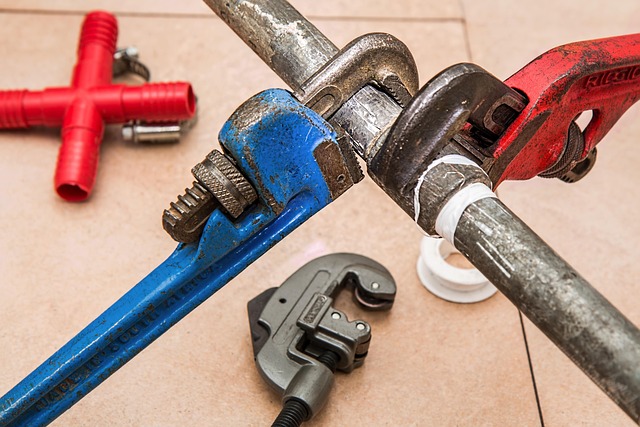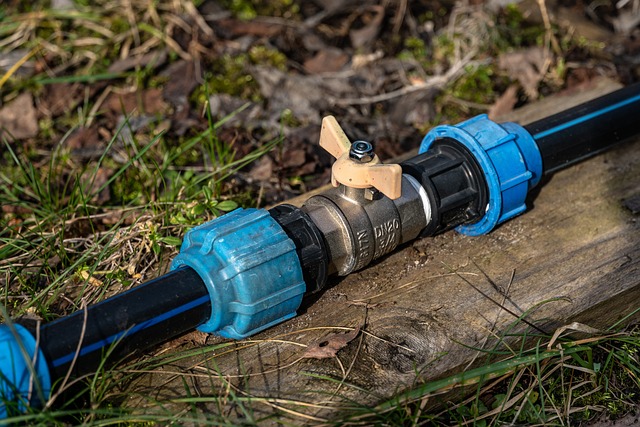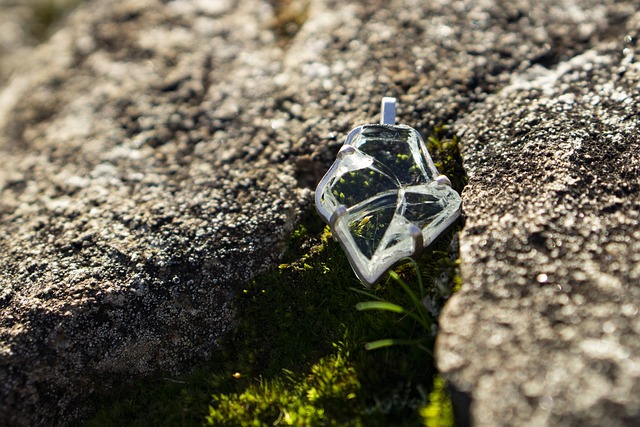This text explains how to differentiate between pipe leaks and condensation within a home. Leaks are often caused by corroded pipes, damaged joints or faulty fittings, resulting in water stains and higher bills. Condensation is driven by high humidity or inadequate insulation, manifesting as misty windows and walls in humid areas with poor ventilation. To detect leaks, look for water stains, dripping water, puffy insulation and unusual sounds like hissing. For condensation, check for foggy windows, damp walls and elevated humidity levels using a thermometer. Advanced tools like infrared cameras can also help identify subtle temperature variations indicative of water damage, aiding in pipe leak detection tips.
Is it a pipe leak or condensation building up in your home? Distinguishing between these two issues is crucial for effective maintenance. This article equips you with essential pipe leak detection tips, delving into common causes and visual/auditory signs. Learn to identify leaks versus condensation through precise methods, ensuring swift action. By understanding these differences, you can navigate potential plumbing problems confidently, promoting a comfortable and efficient living environment.
- Understanding Common Causes of Pipe Issues
- Visual and Auditory Signs of a Leak vs Condensation
- Effective Detection Methods for Accurate Diagnosis
Understanding Common Causes of Pipe Issues

Many pipe issues stem from either a leak or condensation, which can make identifying the root cause challenging. To effectively detect whether your problem is a pipe leak or condensation, it’s crucial to understand common causes. Pipe leaks often result from corroded pipes, damaged joints, or faulty fittings that allow water to escape. Over time, these leaks can lead to noticeable water stains on walls and ceilings, as well as increased water bills.
Condensation, on the other hand, is typically caused by high humidity levels within the home or inadequate insulation around pipes. It appears as water droplets or condensation on pipes, often accompanied by a musty odour. Unlike pipe leaks, condensation doesn’t result in persistent water damage but can contribute to uncomfortable living conditions and potential health issues if left unaddressed. Effective pipe leak detection tips include checking for water stains, examining pipes for signs of corrosion or damage, and monitoring water usage and bills for sudden increases.
Visual and Auditory Signs of a Leak vs Condensation

Visual and Auditory Signs of a Leak vs Condensation
When it comes to identifying whether you have a pipe leak or condensation, your senses can be valuable tools. Pipe leak detection tips start with visual inspection. Look for signs like water stains on walls, ceilings, or floors; dripping water near pipes; or puffy, bloated areas in the insulation around your pipes. These could indicate a broken or leaking pipe. Additionally, keep an ear out for unusual noises, such as hissing or dripping sounds coming from behind walls or under sinks—a clear auditory sign of a leak.
In contrast, condensation often presents itself as a misty or foggy appearance on windows and walls, especially in humid environments or areas with inadequate ventilation. Unlike leaks, condensation doesn’t typically cause persistent water damage to structures; instead, it forms on cool surfaces due to excess moisture in the air. While both conditions may require attention, understanding the differences between visual and auditory signs of a leak versus condensation is crucial for effective troubleshooting and addressing potential plumbing issues promptly.
Effective Detection Methods for Accurate Diagnosis

When trying to determine whether a problem is a pipe leak or condensation, accurate detection methods are crucial. One effective pipe leak detection tip involves listening for any peculiar sounds coming from pipes, such as dripping or hissing, which could indicate a break or fracture. Additionally, checking for wet spots or mold growth around fixtures or on ceilings and walls can be telling signs of leaks.
Visual inspection is another key method. Look for visible cracks or corrosion in pipes, especially in areas prone to moisture like basements or bathrooms. However, condensation often manifests as foggy windows or dampness inside walls, which require a closer look with a thermometer to measure humidity levels. Using specialized infrared cameras can also help detect leaks not immediately apparent, as they highlight temperature variations indicative of water damage.
Identifying whether a pipe issue is a leak or condensation is crucial for effective plumbing maintenance. By understanding common causes, recognizing visual and auditory cues, and employing precise detection methods, homeowners can efficiently diagnose problems. Armed with these pipe leak detection tips, you’ll be better equipped to address issues promptly, preventing further damage and ensuring a peaceful, leak-free home environment.
